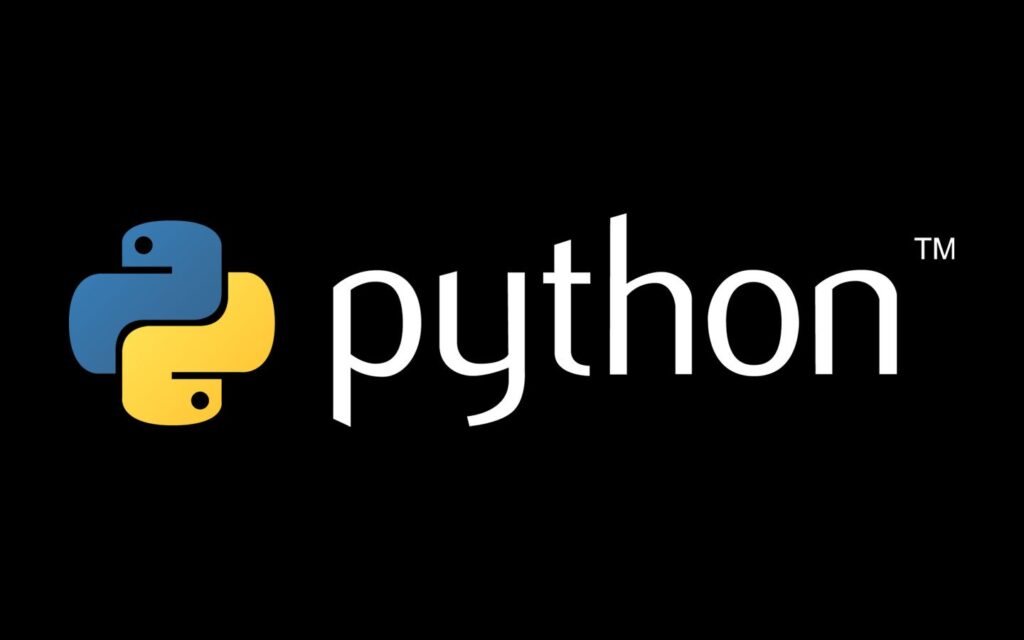Vehicle Routing Problem in Python

The Vehicle Routing Problem (VRP) is a classic optimization problem that arises in many different contexts, such as delivery, transportation, and logistics. In the VRP, we are given a set of customers that need to be served, a fleet of vehicles, and a set of constraints, such as the maximum capacity of each car and the distance between each customer. The goal is to find a route for each vehicle that visits all customers and minimizes the distance traveled.
The VRP is a challenging problem, and many different algorithms have been proposed. The Google OR-Tools solver is one of the most popular algorithms for solving the VRP. OR-Tools is a suite of open-source optimization tools developed by Google. It includes a solver for the VRP that can be used to find optimal or near-optimal solutions to the problem.
Solving the VRP in Python
To solve the VRP in Python, we can use the pywraplp module, a Python wrapper for the OR-Tools solver. The pywraplp module provides many functions that we can use to define the VRP problem and to solve it.
Here is an example of how we can use the pywraplp module to solve the VRP:
Python
import pywraplp
# Create the problem.
model = pywraplp.Solver("VRP")
# Create the customers.
customers = []
for i in range(10):
customers.append((i, 10 * i))
# Create the vehicles.
vehicles = []
for i in range(3):
vehicles.append((i, 100))
# Create the constraints.
for customer in customers:
for vehicle in vehicles:
model.AddConstraint(
model.Distance(customer[0], vehicle[0]) <= vehicle[1])
# Solve the problem.
solution = model.Solve()
# Print the solution.
if solution:
for vehicle in vehicles:
print("Vehicle", vehicle[0], ":", solution.Value(model.Var(vehicle[0])))
This code will solve the VRP and print the solution. The solution will be a list of routes, where each path is a list of customers visited by the exact vehicle.
Visualizing the Solutions
We can use Google Maps to visualize the solutions we find for the VRP. To do this, we can use the gmaps module, which is a Python library for interacting with Google Maps.
Here is an example of how we can use the gmaps module to visualize the solutions for the VRP:
Python
import gmaps
# Create the map.
map = gmaps.Map()
# Add the customers to the map.
for customer in customers:
map.AddMarker(customer[0], customer[1])
# Add the routes to the map.
for route in solution:
for customer in route:
map.AddMarker(customer[0], customer[1])
map.AddPolyline([customer[0] for customer in route])
# Display the map.
map.Show()
This code will create a map that shows the customers and the routes for the VRP solution.
The VRP is a challenging problem to solve. By using Google OR-Tools and Google Maps, we can quickly solve the VRP and visualize the solutions that we find.